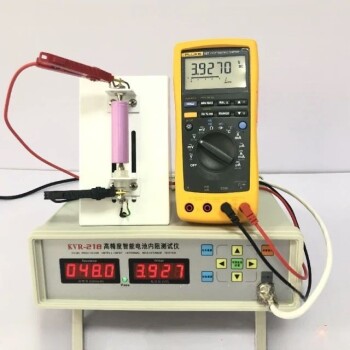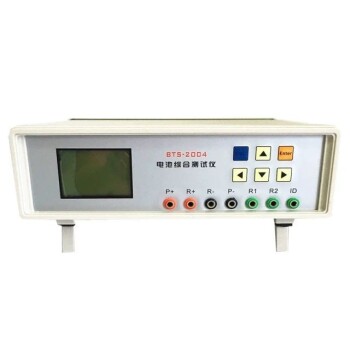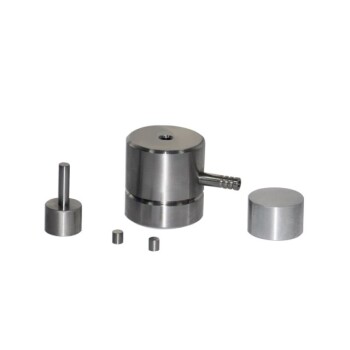Testing the quality of your soil is crucial for ensuring it meets the requirements for your specific application, whether for agriculture, gardening, or environmental remediation. To do this effectively, you need to consider various factors such as nutrient content, pH level, moisture, and the presence of contaminants like heavy metals. This comprehensive approach ensures that the soil is suitable for its intended use.
5 Essential Steps to Ensure Optimal Soil Health

1. Understanding Soil Composition and Importance
Soil supports a diverse range of organisms, from microbes to larger animals, which are crucial for nutrient cycling and overall ecosystem health.
Soil quality directly influences plant growth by providing essential nutrients and water.
Soil contains a variety of microorganisms that play a vital role in decomposition and nutrient availability.
Soil is fundamental to various industries, including agriculture and construction, and is essential for economic development.
2. Tools for Soil Testing
A Handheld X-ray Fluorescence (XRF) Analyzer is particularly useful for detecting heavy metals and other contaminants in soil. It offers rapid, on-site screening, reducing the need for laboratory analysis and associated costs.
Soil pH Testers, including vials, tablets, and meters, are used to measure the pH level of soil, which is critical for plant growth and nutrient availability.
3. Operational Considerations for XRF Analyzers
Ensure the analyzer is calibrated for accurate results, especially when dealing with specific elements of interest.
Choose the appropriate mode based on the elements you are testing for.
Account for soil heterogeneity, moisture, particle size, and sample container type, as these can affect test results.
Implement standard operating procedures (SOPs) and perform regular quality control checks using certified reference materials (CRMs), blanks, duplicates, or replicates.
4. Sampling Techniques
Conduct a quick test before sending samples to the laboratory to identify potential issues and compare results.
For comprehensive testing, collect representative samples from different areas of the field to account for variability and build a complete picture of the soil quality.
5. Interpreting Soil Test Results
Assess the levels of essential nutrients like nitrogen, phosphorus, and potassium.
Determine the soil's acidity or alkalinity, which affects nutrient availability and plant growth.
Identify and quantify any heavy metals or other pollutants that may pose risks to human health or the environment.
Continue exploring, consult our experts
Immerse yourself in the precision of soil analysis with KINTEK SOLUTION's cutting-edge tools and consumables. From pinpointing nutrient deficiencies to detecting harmful contaminants, our comprehensive range ensures every aspect of soil health is uncovered. Don't let your soil's potential go untapped. Elevate your farming, gardening, or environmental projects today. Unlock the secrets of your soil – contact KINTEK SOLUTION for your bespoke testing needs and take the first step towards thriving growth.

















